Since many of us can remember, people have lauded the health and nutrition properties of fruit and vegetable juices pretty much unanimously. This is especially true when it comes to raising children. Many would-be authorities tell parents to prioritize juice and milk over things like soda because soda is “not healthy like juice or milk”.
Well, the truth is that aside from being a decent source of calcium and vitamin D, milk isn’t really all that fantastic from a nutritional standpoint, and there are better calcium and vitamin D sources as well. Quite simply, the human body isn’t designed to process milk formulated for other species.
So that just leaves us with juices. Surely, they’re healthy for children and adults wishing to stay healthy and fit, right? Well, unlike milk, the answer isn’t entirely “no”. Juice can have a number of health benefits, as it allows you to obtain a large concentration of vitamins, minerals, and nutrients without having to feel bloated from eating all of it. It also provides a way to get content from vegetables you may not otherwise like. I, for example, can’t stand beets or lettuce, so some blended juices deliver the extracts of these vegetables without having to taste them, which is quite handy.
However, excessive reliance on juice can have some adverse effects, and even some dangers and these are amplified with children. Today, we’re going to look at some of these risks, which you should always bear in mind.
None of these are intended to say that you shouldn’t consume juice, or give juice to your children, but moderation and caution are definitely in order.
Illnesses
People associate foodborne illnesses with spoiled food and bad/undercooked meat, which are definite sources of such. However, raw vegetables and fruit can be vectors for a number of foodborne illnesses, ranging from salmonella to e. Coli and even hepatitis. Some of these are quite deadly in the long term, obviously.
In modern times, industrially-produced juices from markets are indeed a lot safer, thanks to quality control, tight monitoring of sanitation, and pasteurization. The latter is the act of evaporating and condensing the juice, which sterilizes it. It’s identical to the process used to treat milk and other dairy products.
However, pasteurization does not guarantee that every single instance of bacteria is killed – they’re resilient creatures, and one or two could survive. If the juice sits long enough, even refrigerated, they will reproduce and become a danger once more. Frozen juices further this safety, though at the cost of quality and some of the nutrients. And even then, some bacteria can survive the vacuum of space, so being frozen won’t necessarily stop them.
Lastly, juice not properly stored once opened can become a haven for fungi and bacteria. Juice is actually “bad” before it smells fermented. In most cases, an opened container of juice, even refrigerated, shouldn’t be kept for more than four days.
Blood Sugar Issues
Another problem with juices is the concentrated sugar content, especially from fruits. Little to none of the fibers of these fruits and vegetables is retained, and these fibers are natural offsets that prevent some of the sugars from being absorbed, or at the very least, slow down this absorption.
The result is, juices can be just as unhealthily sugary as some sodas if consumed in large quantities. The myth of “natural sweetness” being any less harmful than corn syrup or cane sugar, is just that – a myth.
Glucosamine is glucosamine, regardless whence it is derived.
The over-consumption of juices can result in high risk for diabetes, kidney problems, and dental problems. The latter is well-documented among children when they still have their baby teeth. Parents giving them excess juice causes these weaker teeth to develop decay problems. It’s commonly called “juice mouth”, and it’s reportedly very painful and stressful for children.
Whole fruits and vegetables may contain the same amount of sugars, but dietitians recommend consuming these rather than juice to diabetics, due to the previously-mentioned fiber slowing the delivery of the sugars down, and delivering otherwise lost vitamins and minerals that help a diabetic process sugars more safely.
Upset Stomach
Sugars are an ongoing issue with juices. There exists a type of sugar in some fruits and vegetables called sorbitol. This causes intestinal and stomach upset and can result in indigestion, reflux, nausea, cramps, and diarrhea. In small doses, sorbitol can be used to aid in regularity, hence its presence in prunes making them a common supplement for people with digestive issues, and geriatrics.
None of these problems are going to kill you, nor will they do lasting damage, but nobody wants to experience these. In the case of people with already present digestive woes, this becomes a good bit more dangerous.
Weight Gain
Fruit juices have a large concentration of carbohydrates and, as we’ve spent time pointing out, sugars. This makes them a high-energy drink. When you’re very, very active, you can burn through this massive dose of energy. However, consumption of large quantities of juice throughout the day, when you’re not physically very active through an equal part of the day, can result in weight gain from the body storing the sugars and carbohydrates as fat.
This is the same way that other foods and sweet drinks can cause weight gain. Juices should be reserved for before a workout, and lighter ones to replenish lost electrolytes and vitamins after a strenuous routine.
The rest of the day should really be water, tea or other low-energy drinks.
Carotenemia
This is another one that isn’t a serious medical danger and isn’t even actually painful, but it’s definitely unpleasant. There’s a compound in many vegetables and fruits called beta carotene. It’s actually healthy in the right doses, providing skin, hair, and nail health. However, the body can only process so much of this at once. The excess also doesn’t pass easily from the body and can settle in the soles of the feet and palms of the hands, causing an unpleasant aesthetic result.
An orange or yellow tint appear due to the excess beta carotene. This is called carotenemia. It’s very common with infants, where an excess of pureed carrots are consumed, and at their age, it can appear in the cheeks, across the scalp, and some other places as well. This has terrified parents who thought their infants had contracted jaundice.
Carotenemia is not permanent, though once the orange tint is present, it can take some time for it to fade. The sickly look it causes is definitely something most people would want to avoid, for very, very obvious reasons.
Conclusion
As we said, none of this was intended to scare you away from drinking juice, or giving your children juice. The key is moderation and caution, and knowing when throughout the day juices are called for. Above all else, juices should never be a replacement for a daily dose of whole fruits or vegetables, as you’re missing out on key components the juices won’t carry.
To see more health myths debunked, and learn the truth about a healthy lifestyle, follow us on Facebook. We have a lot of really interesting and important information to share with you, and you don’t want to miss it.
The post The Hidden Dangers Of Juicing appeared first on Gaspari Nutrition.




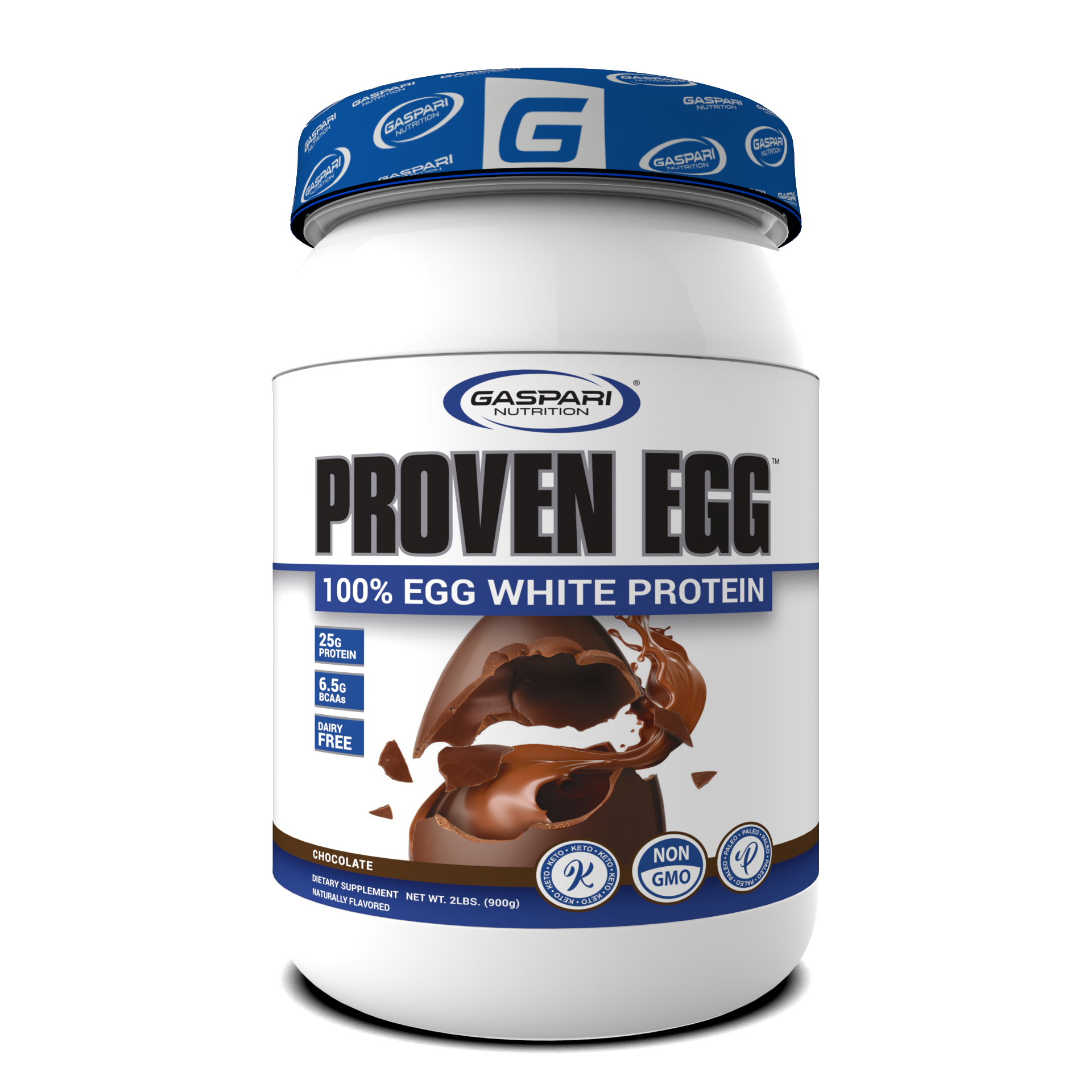




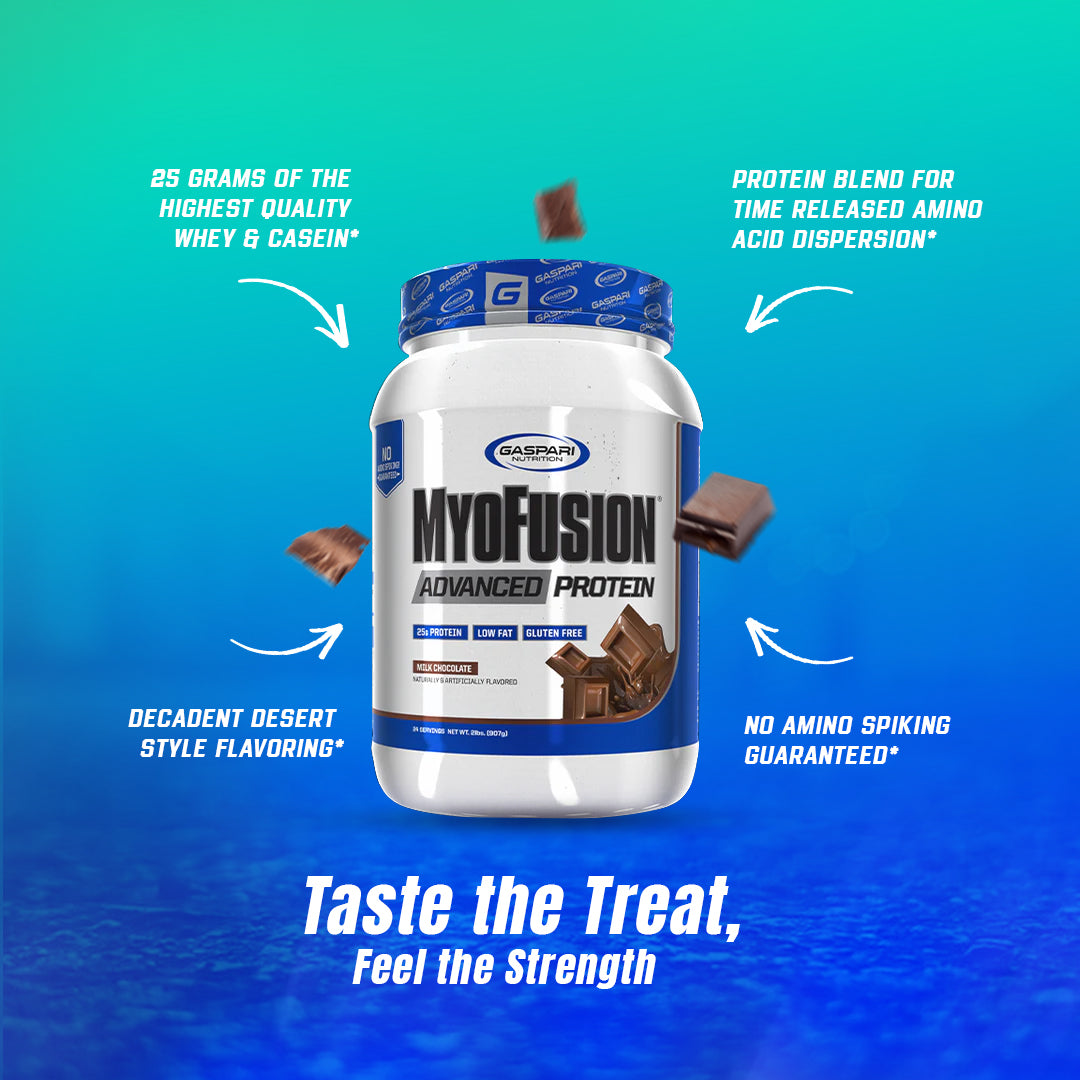

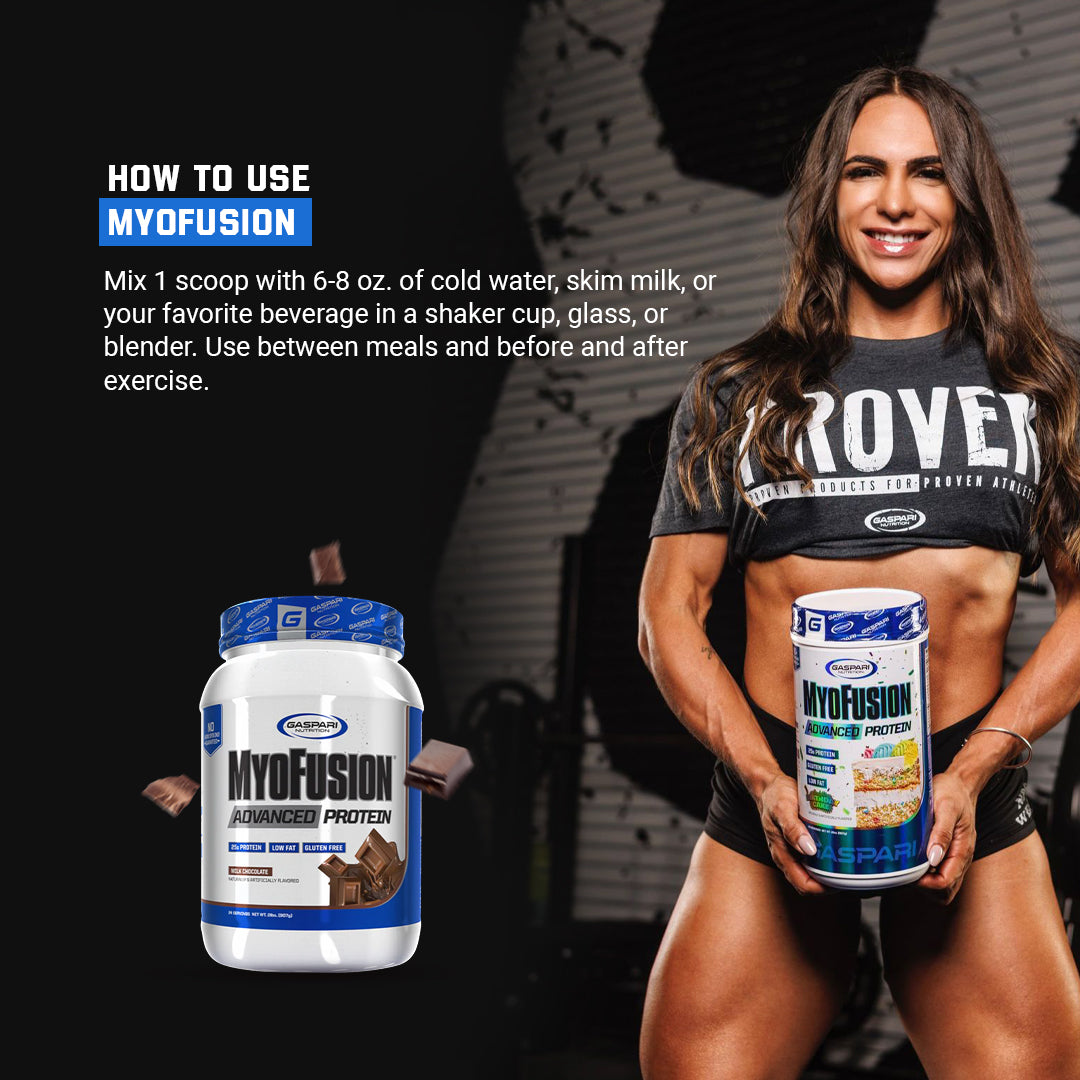
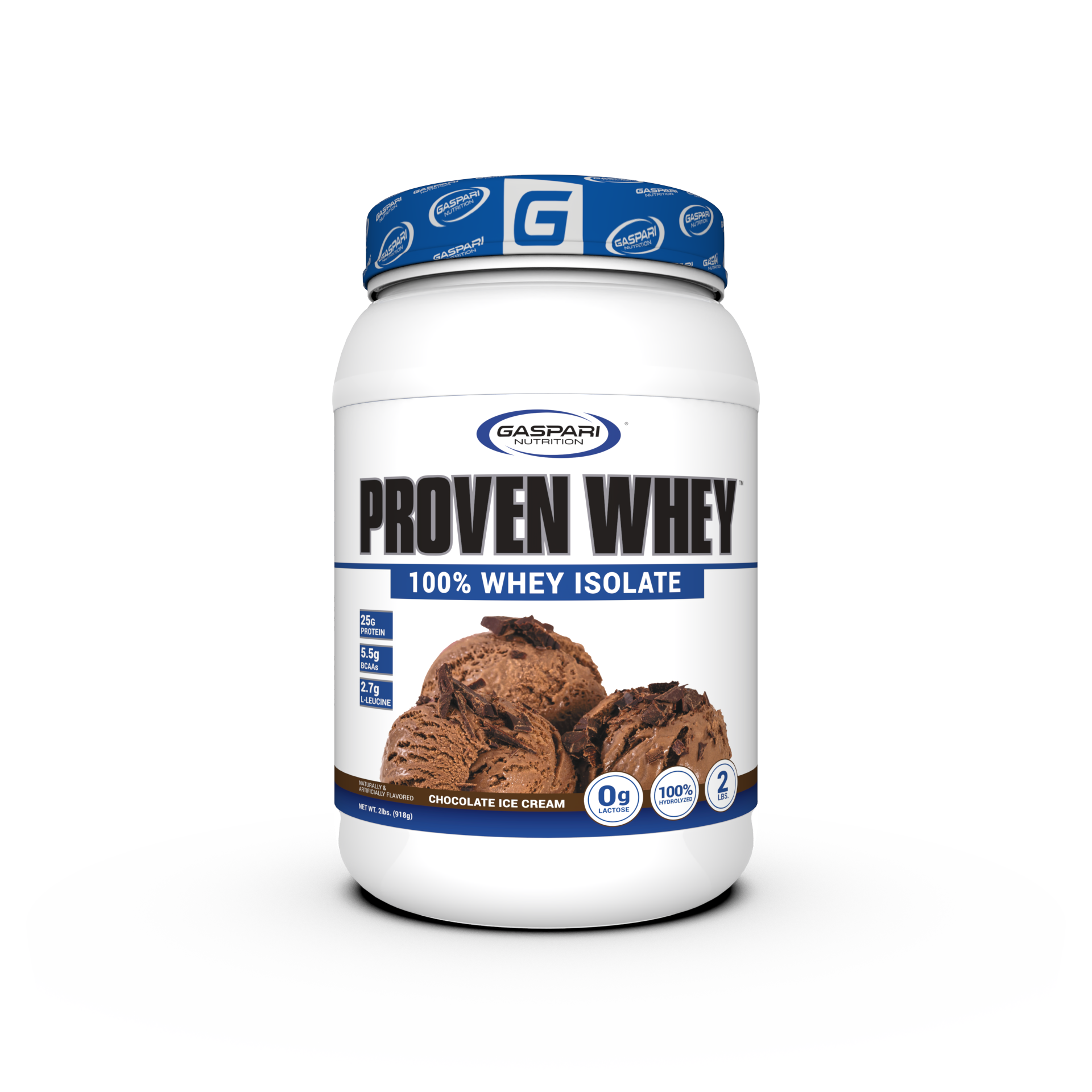




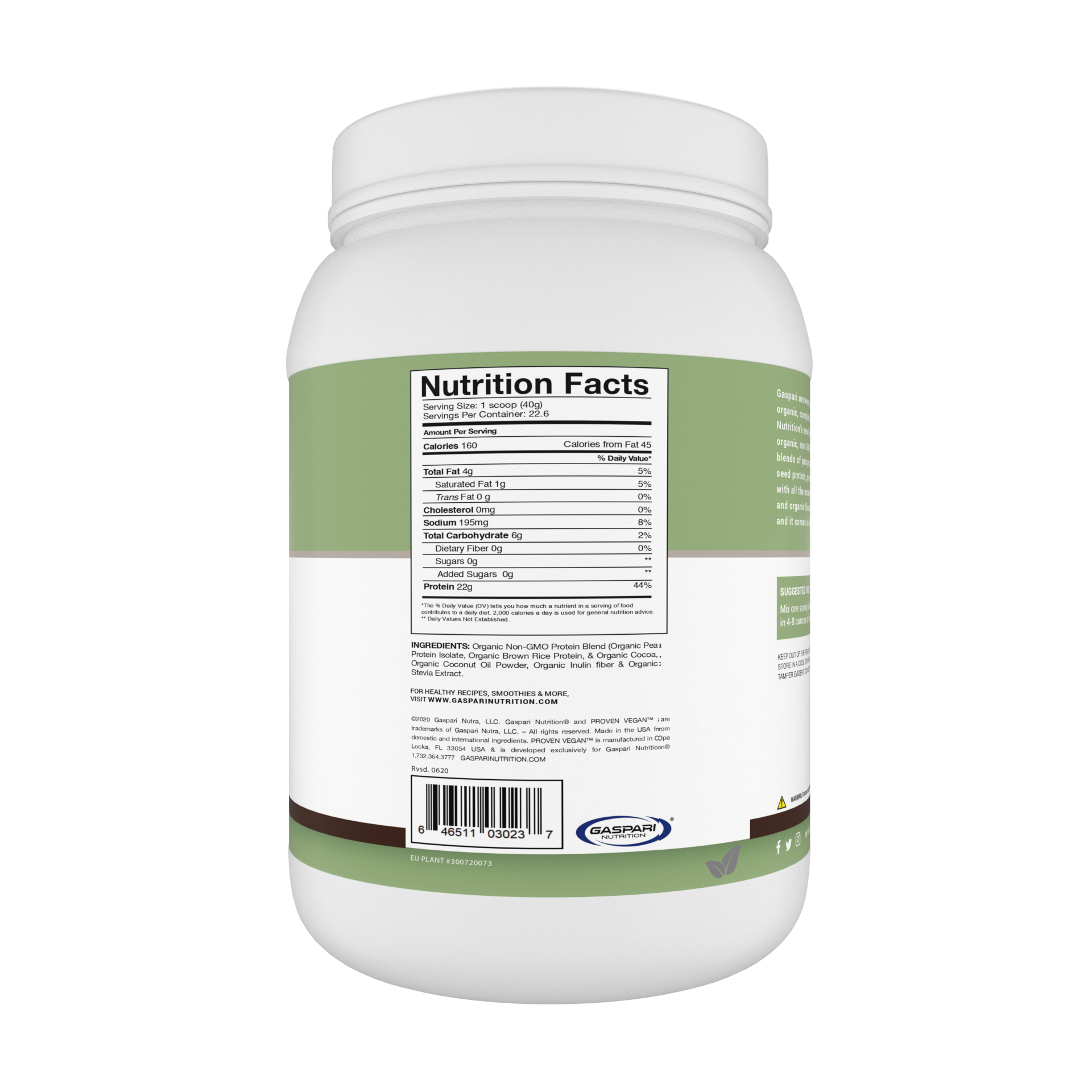

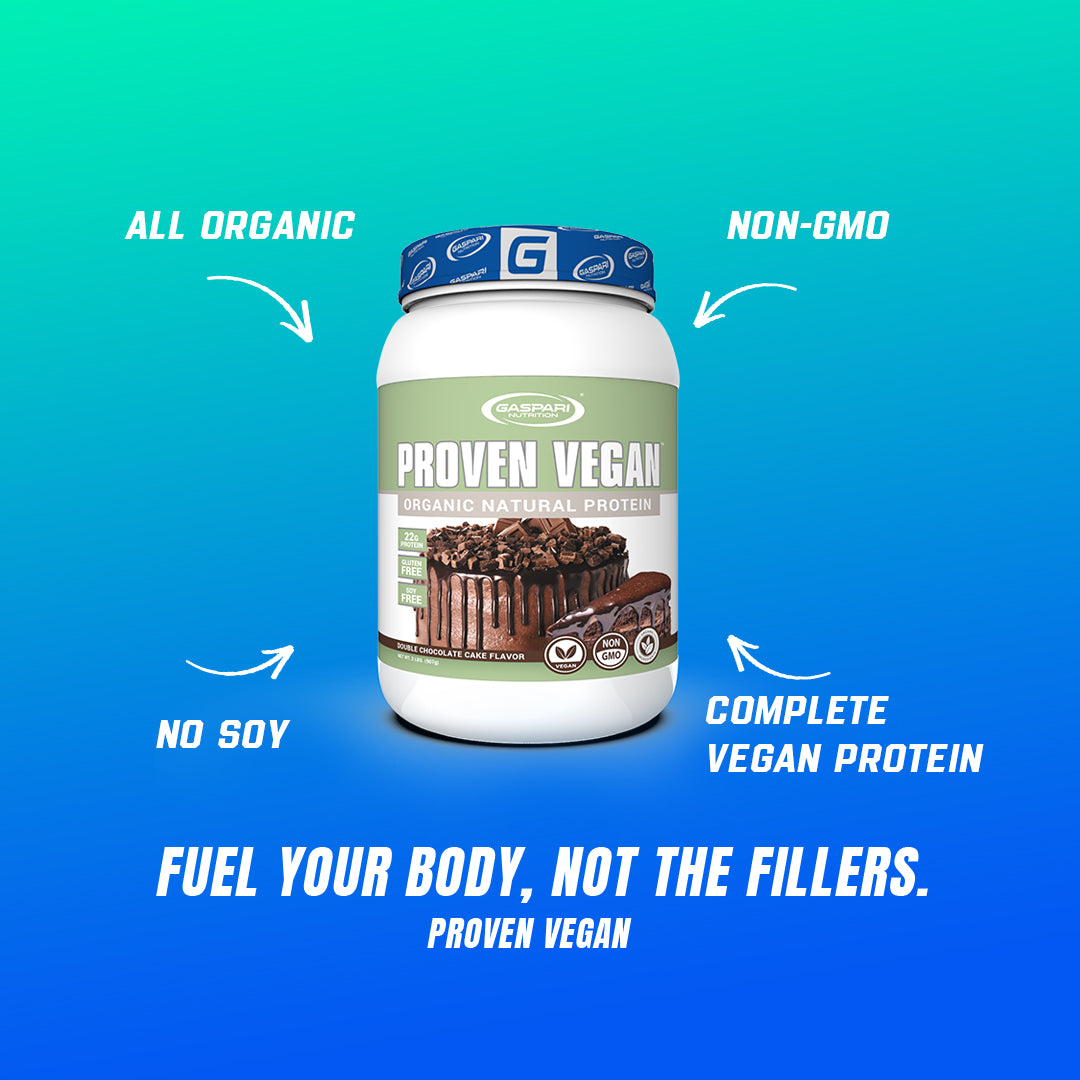
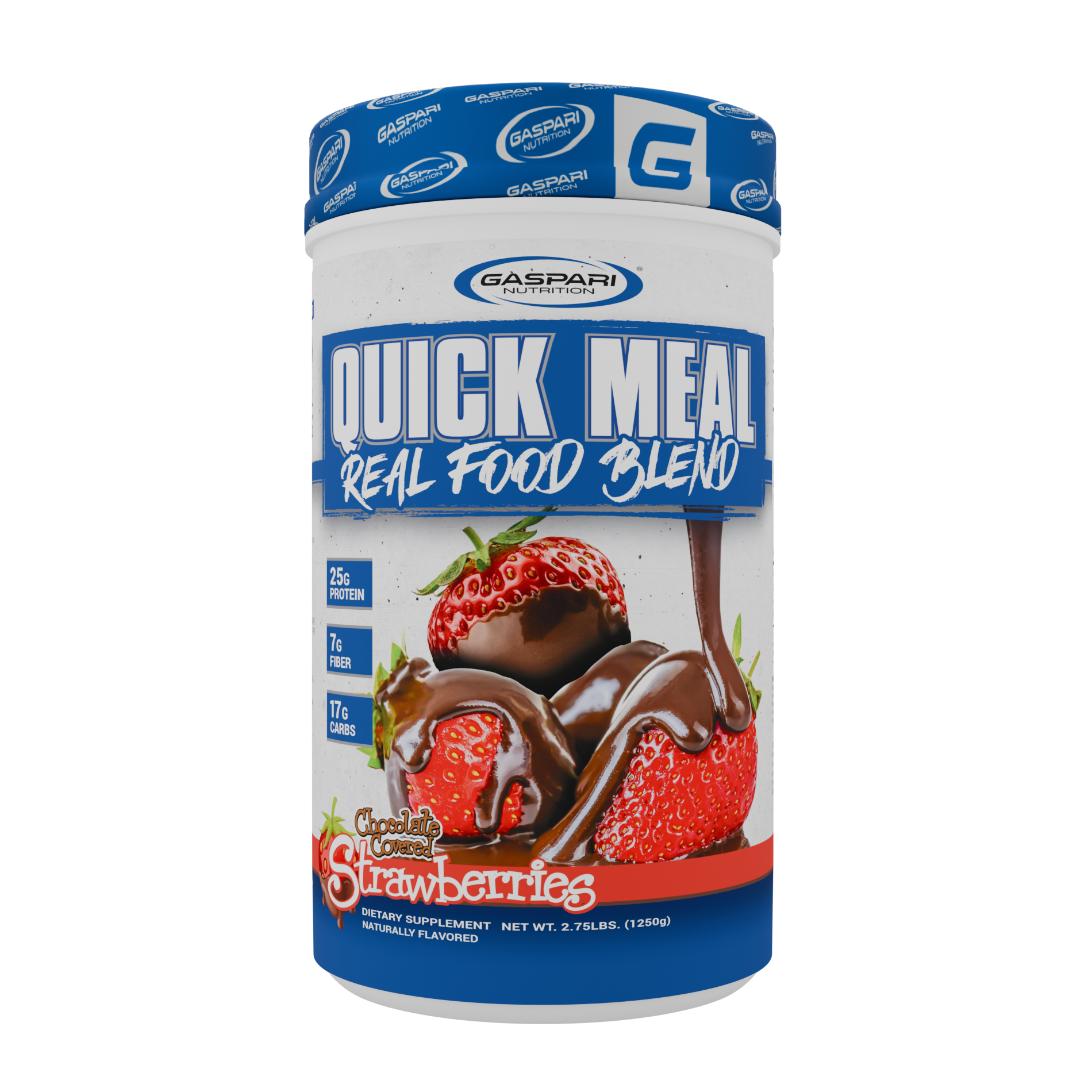


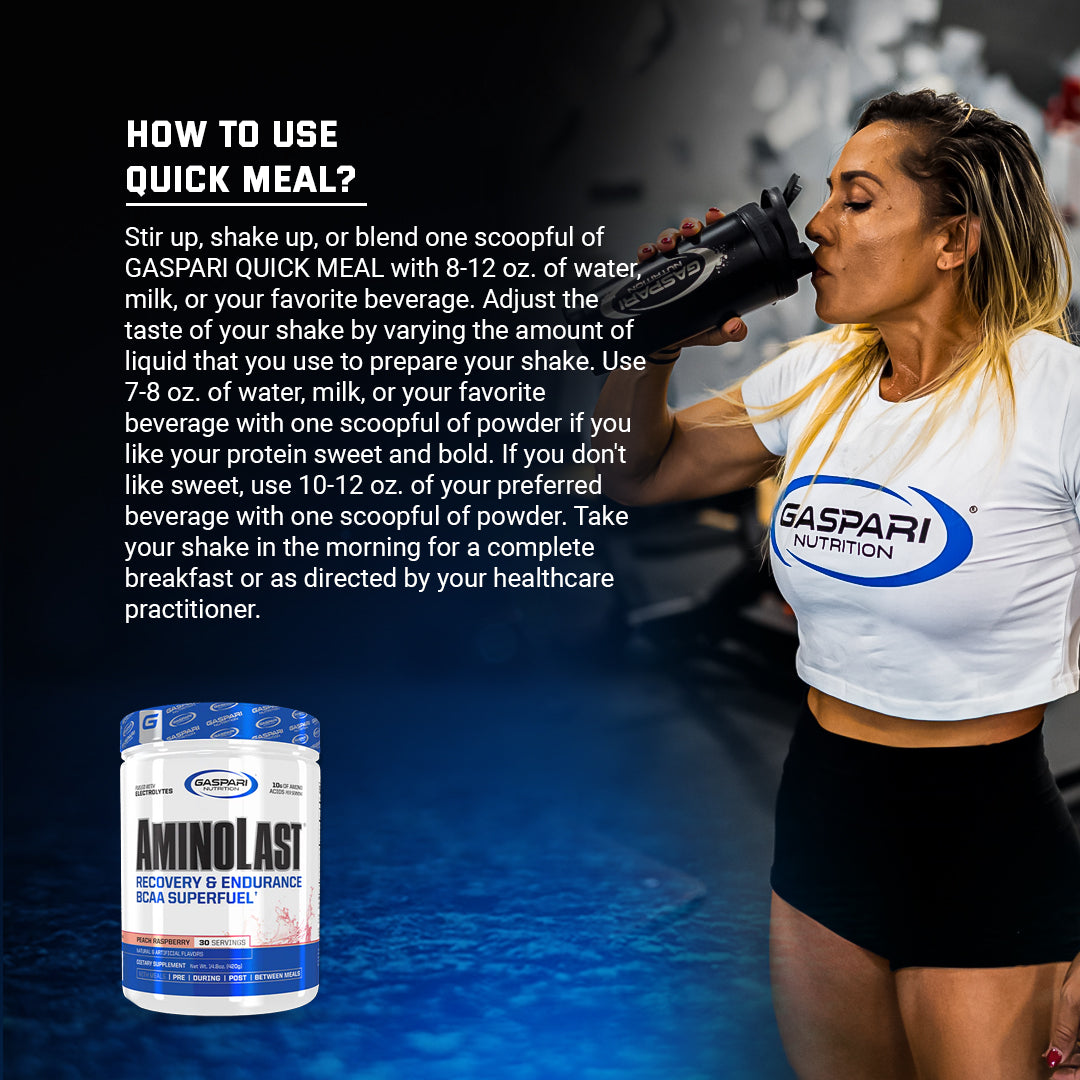
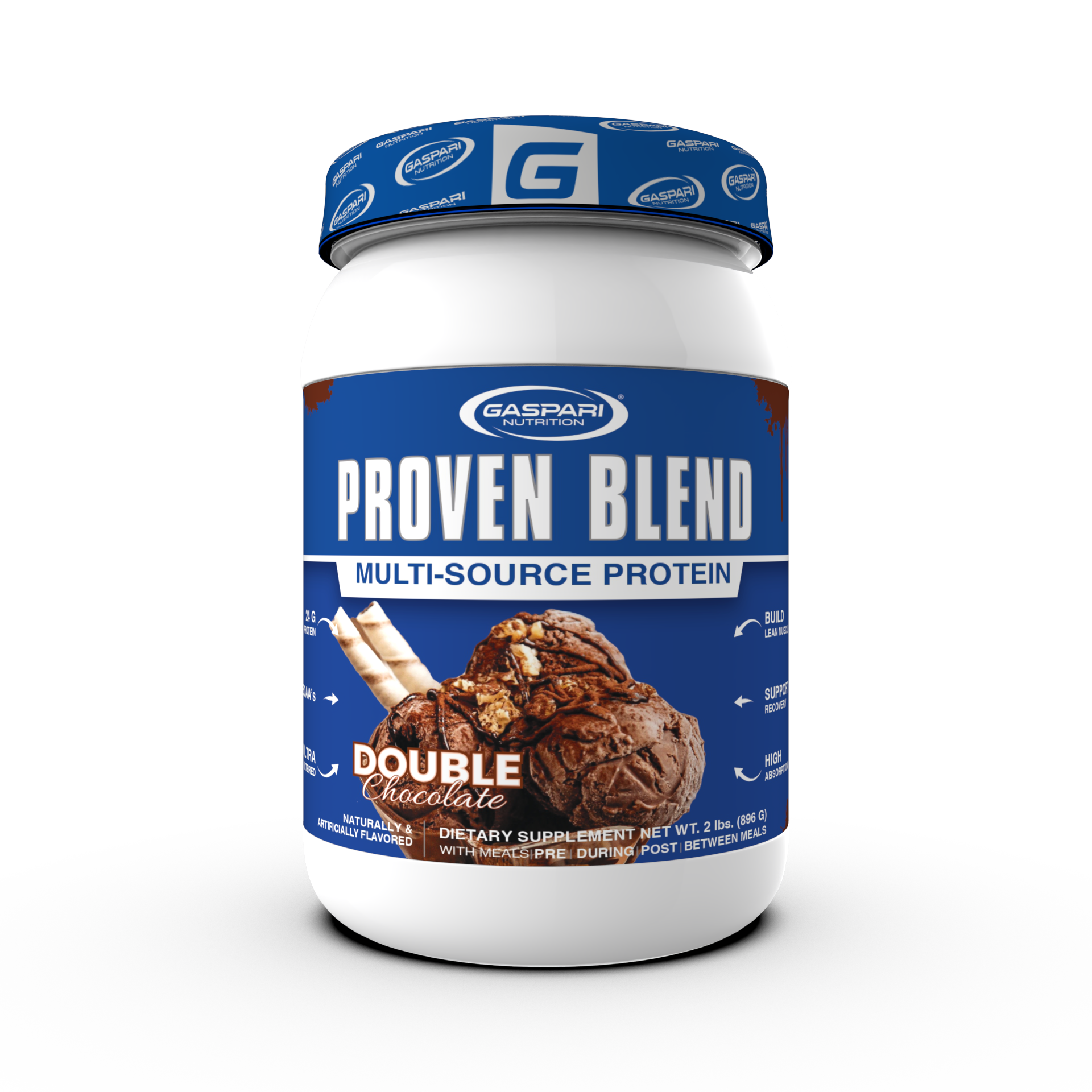
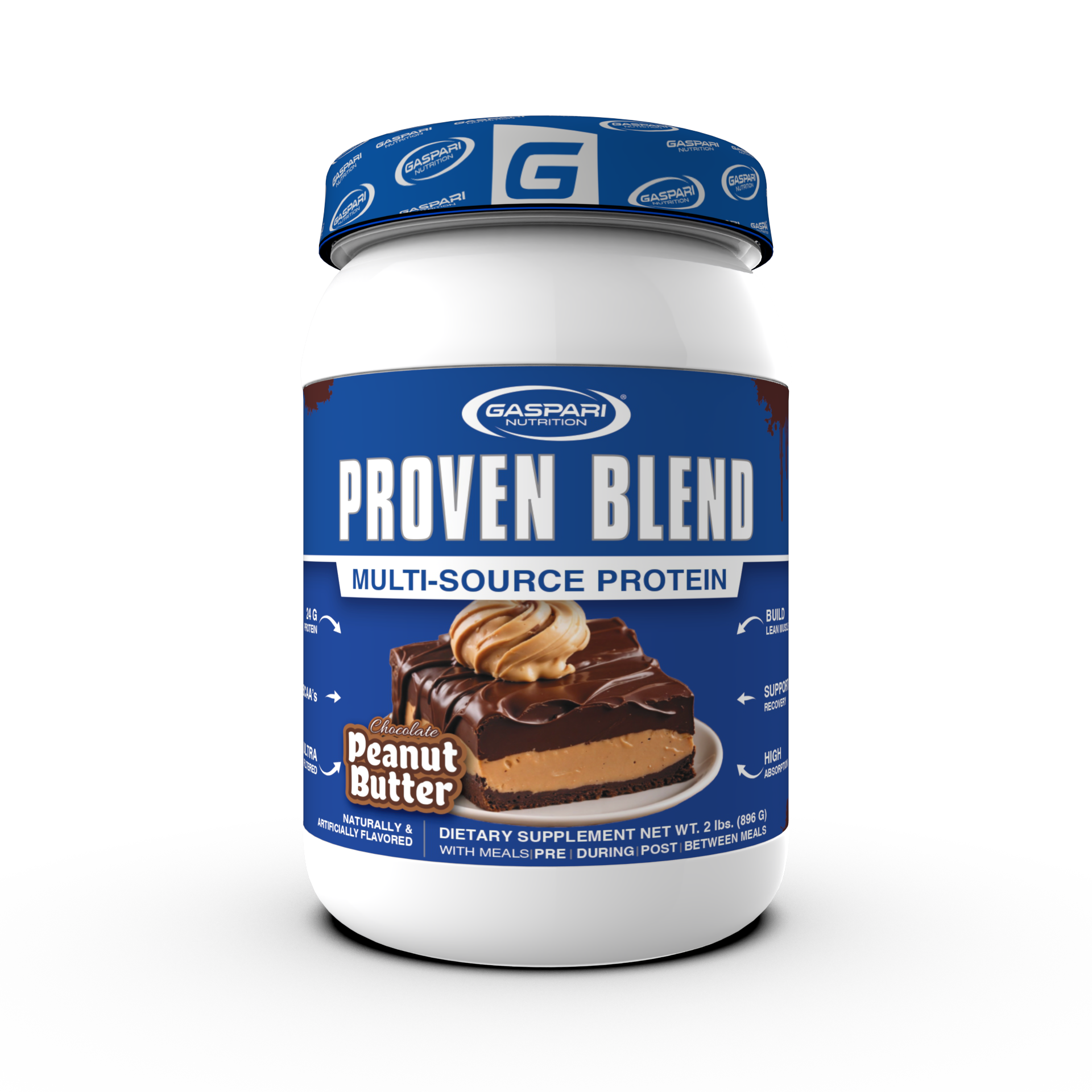






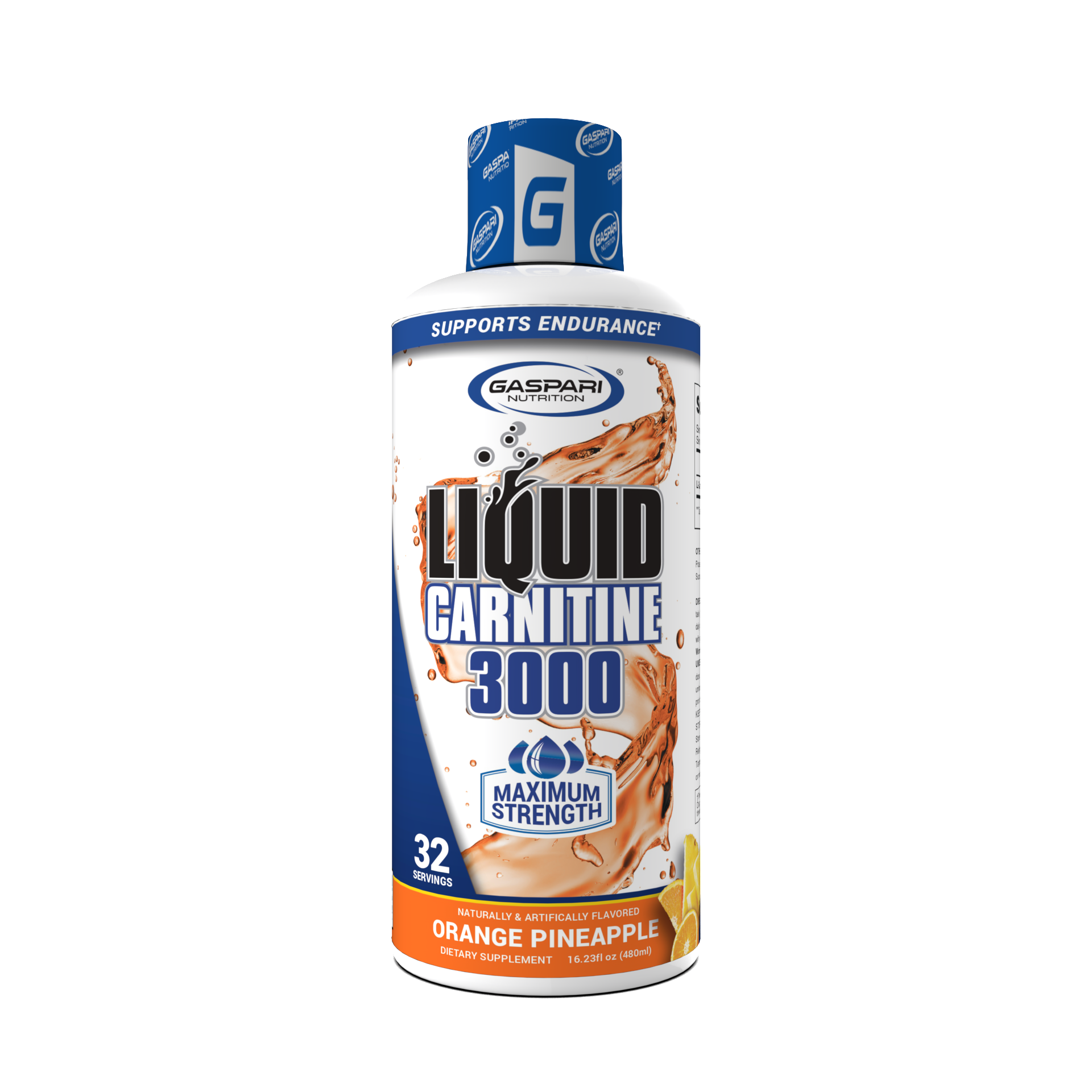


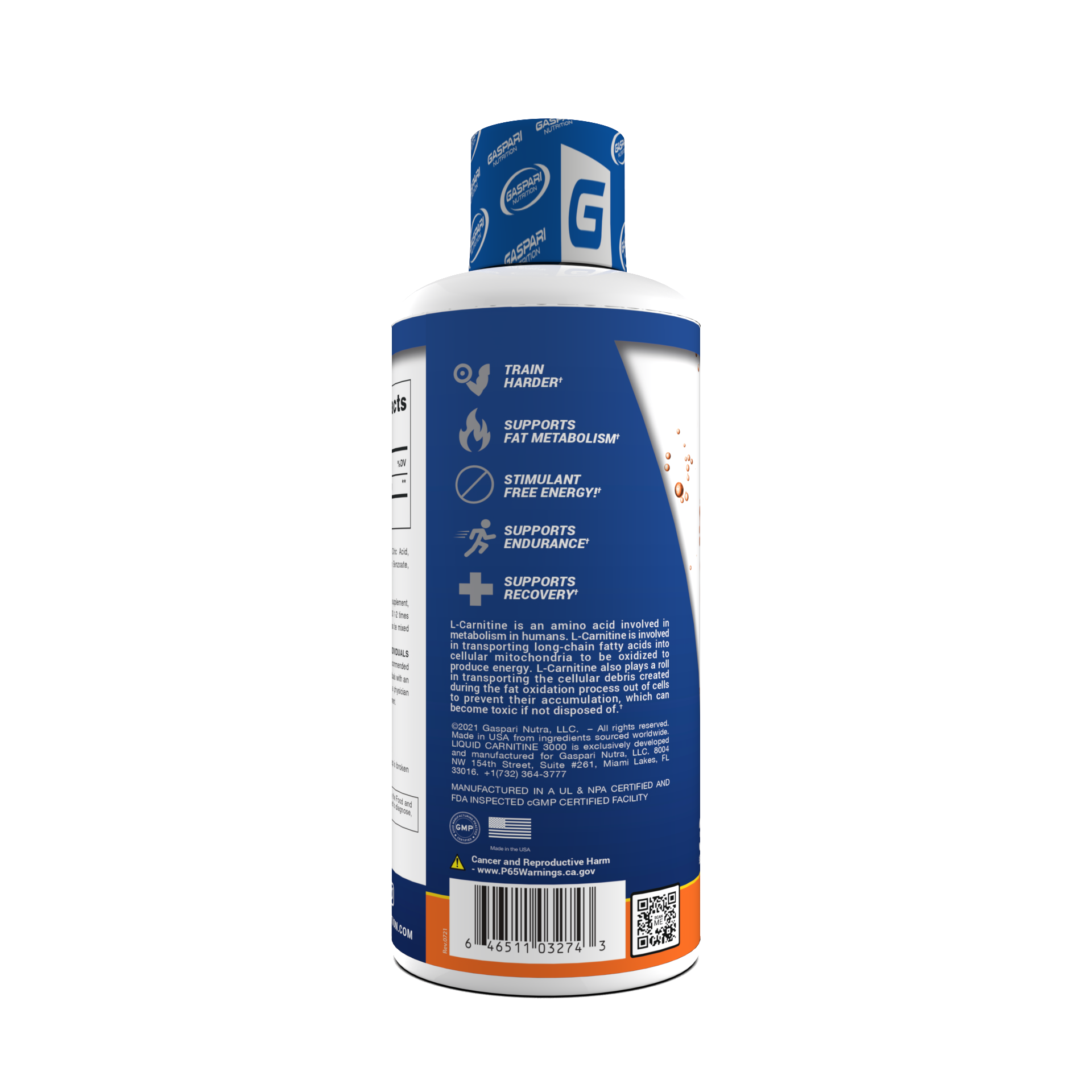

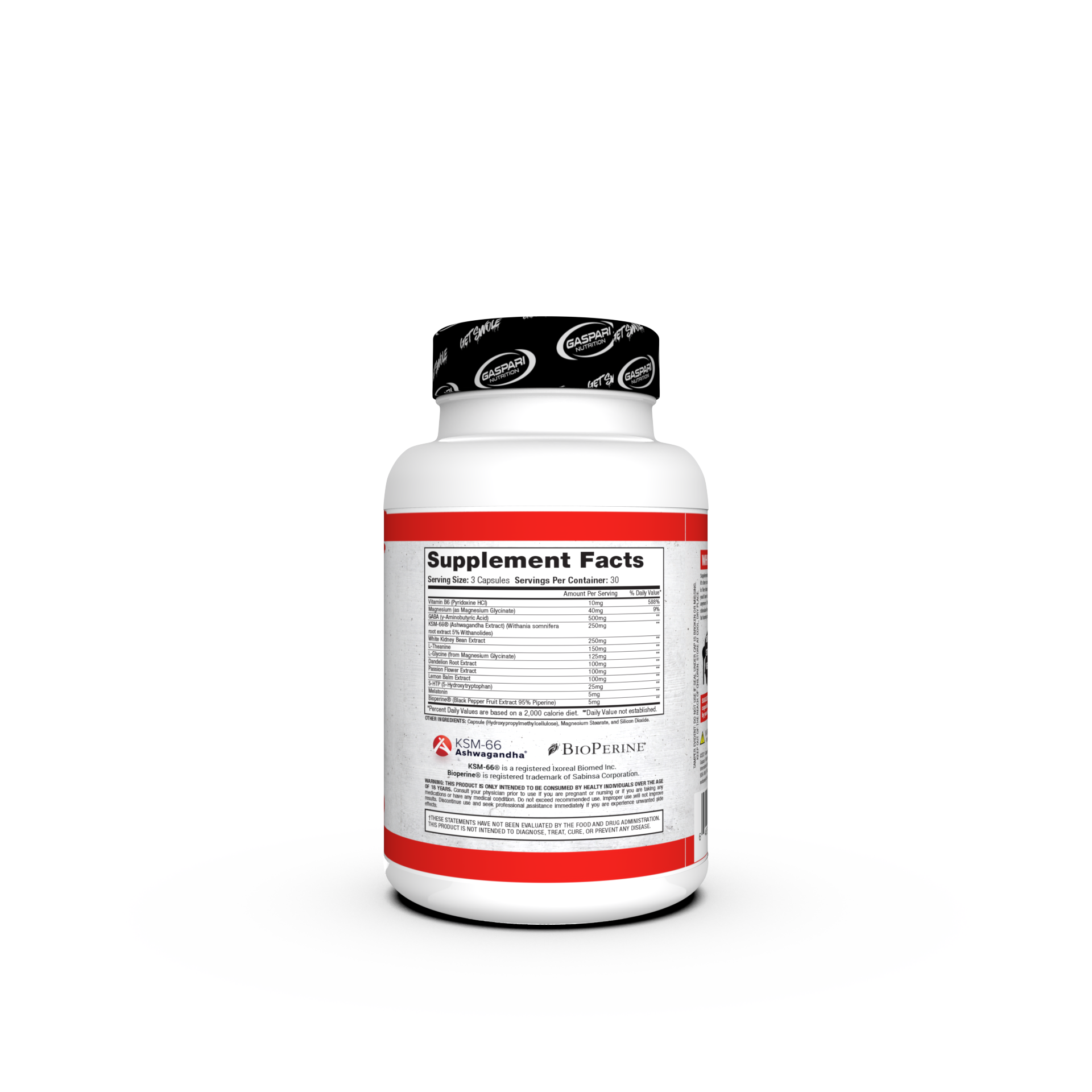
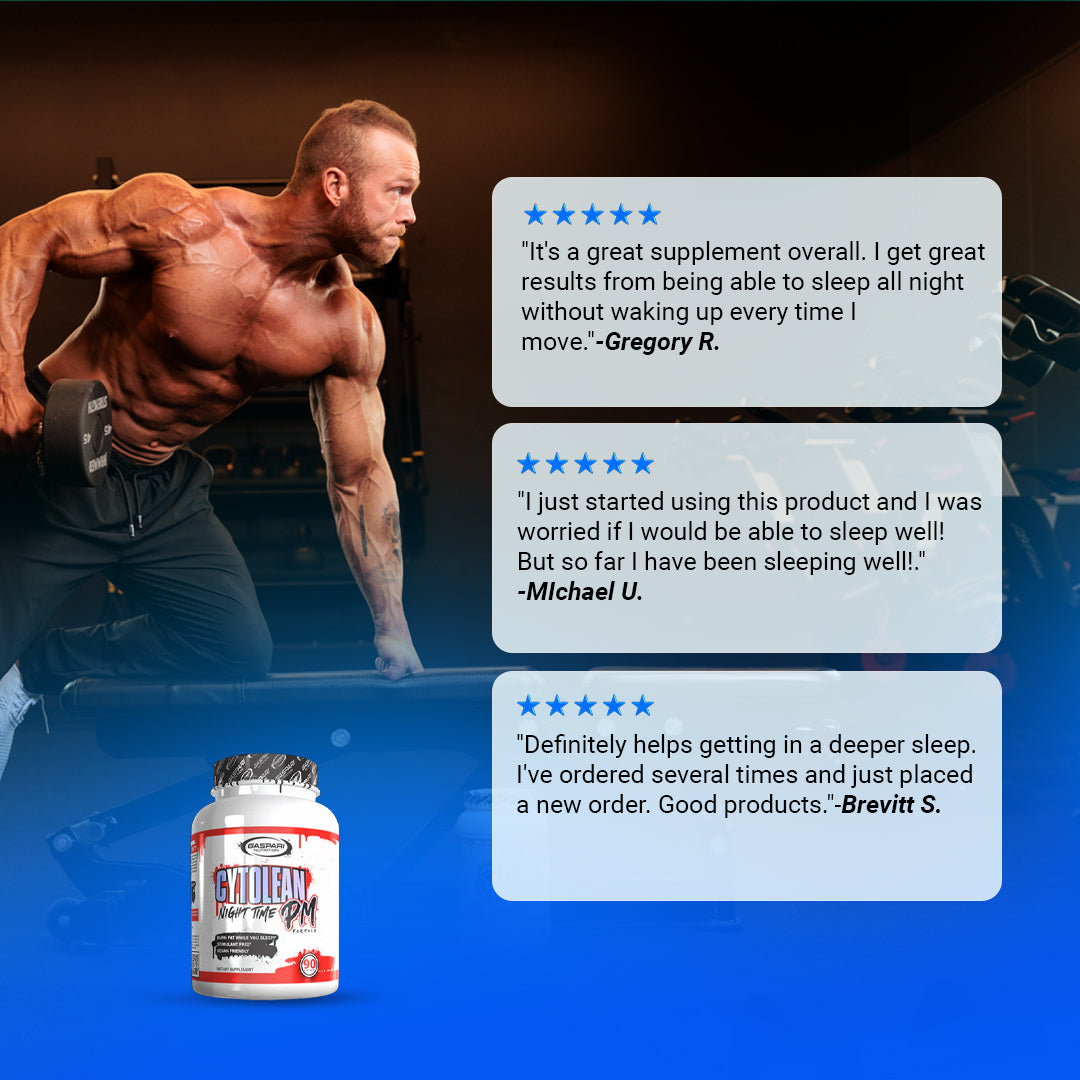

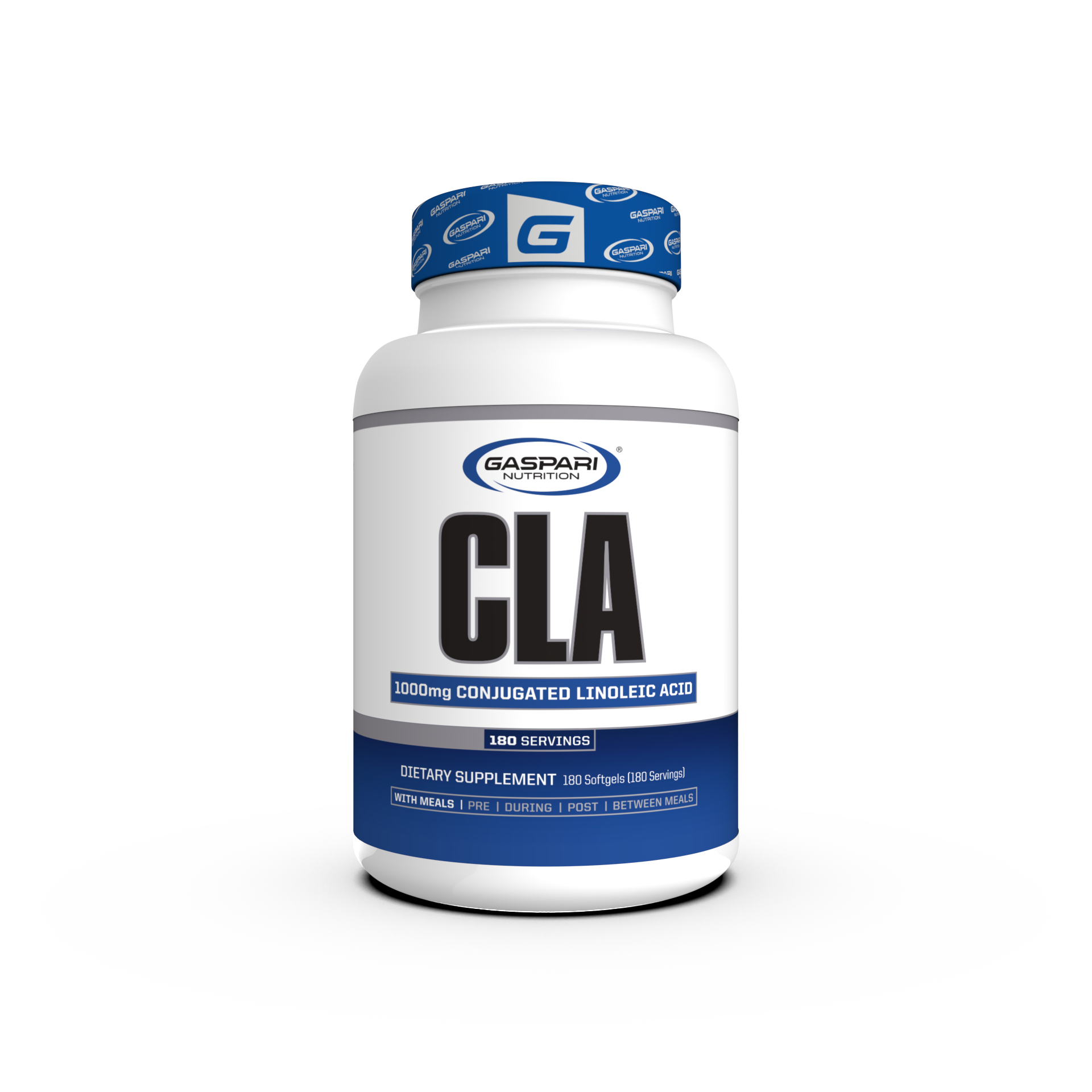

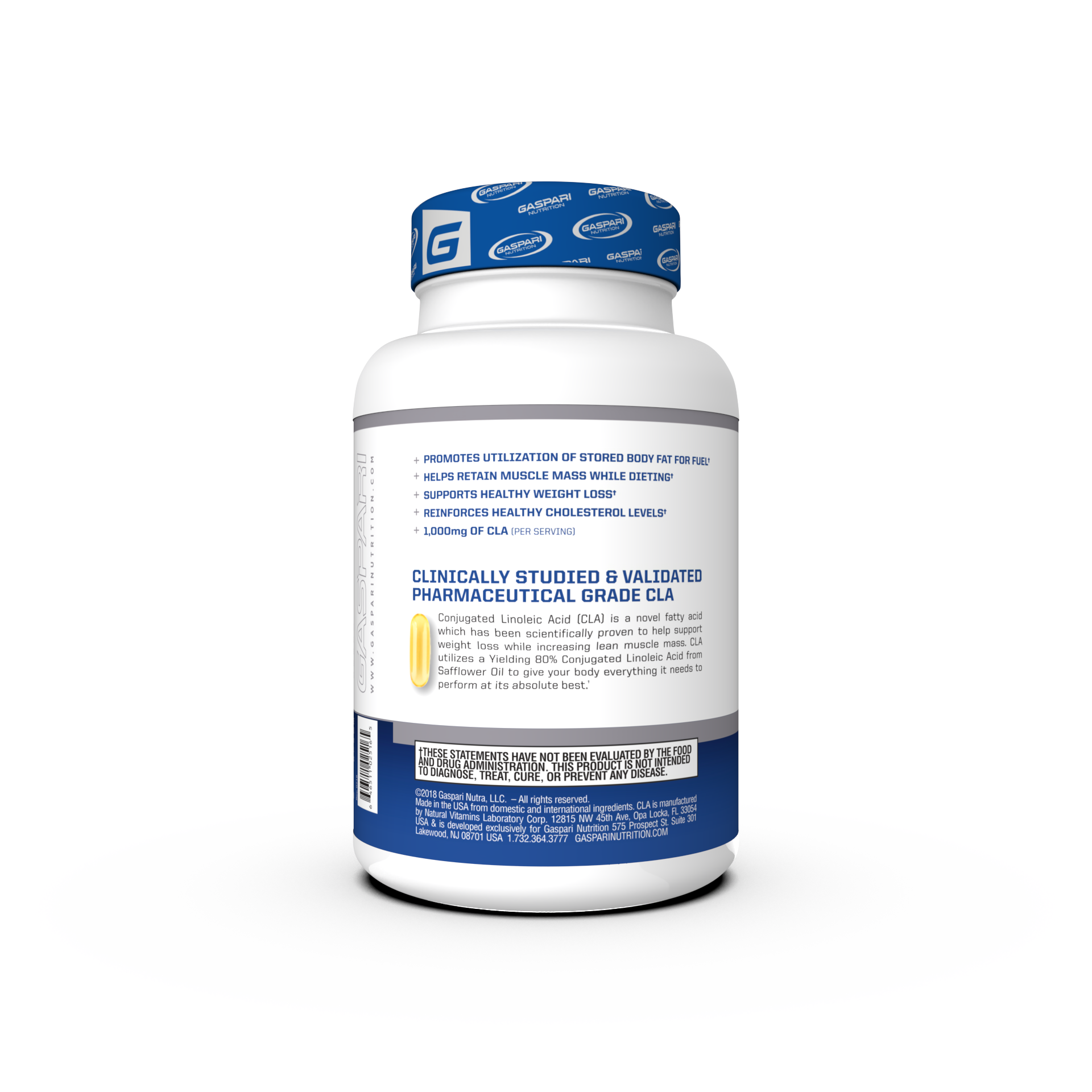





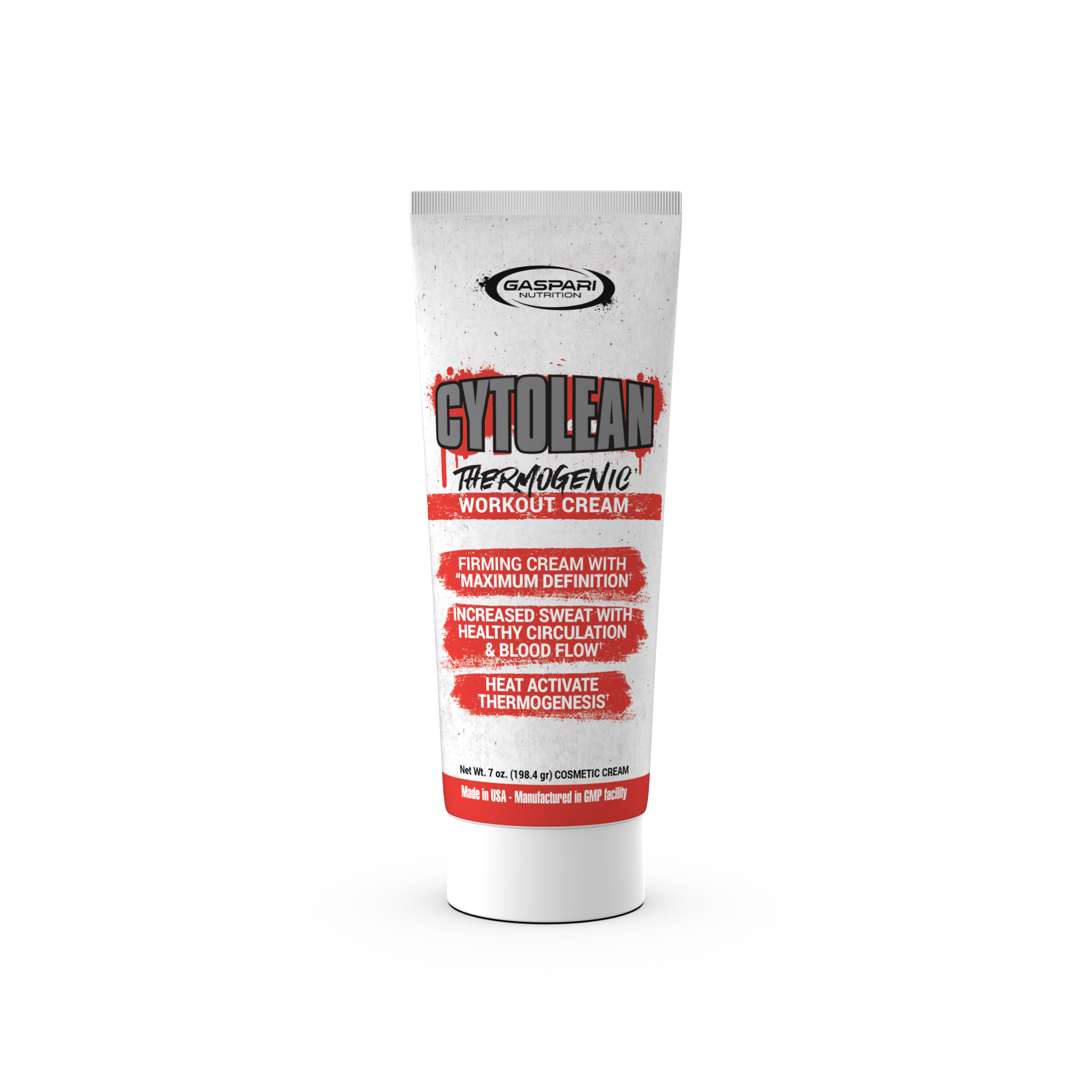



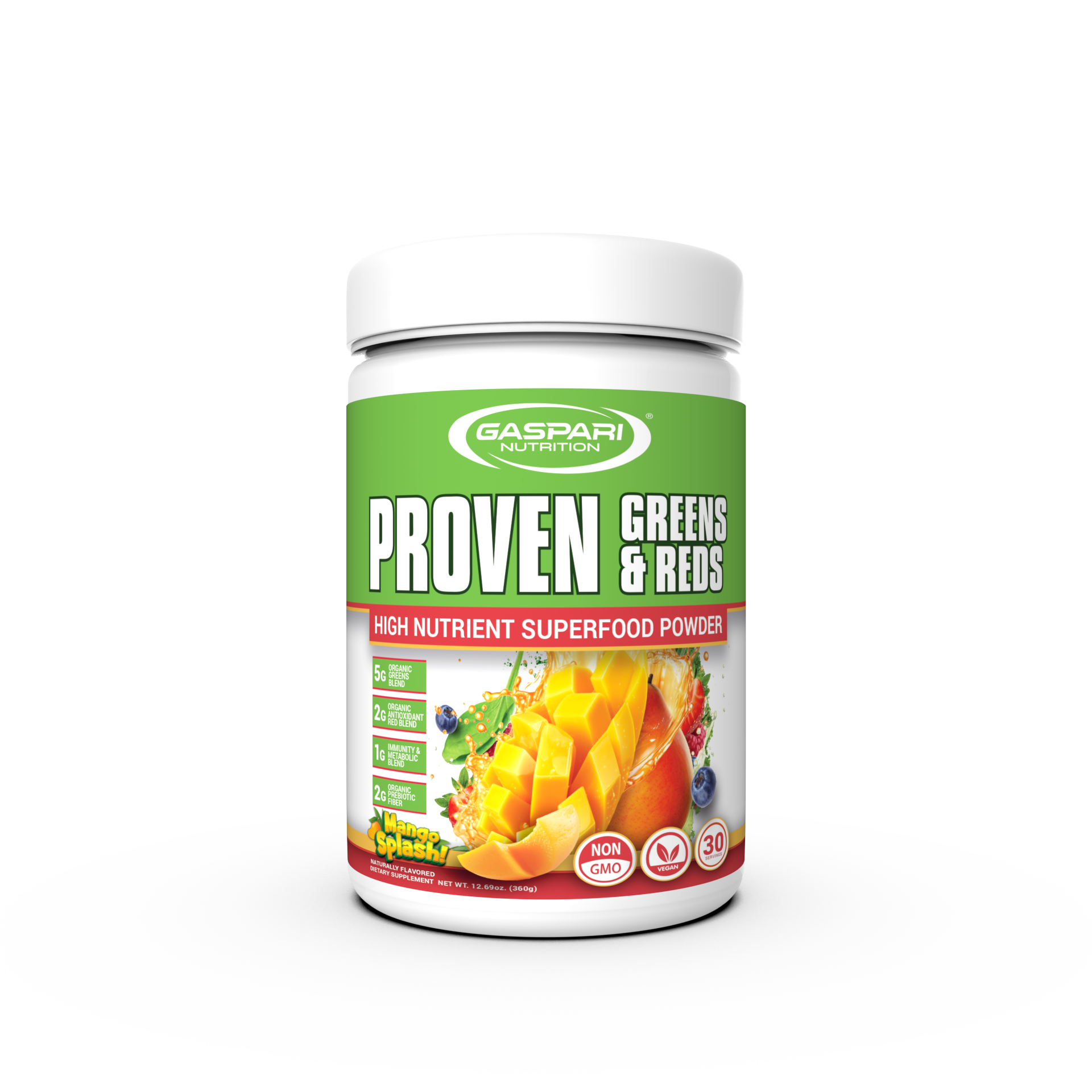
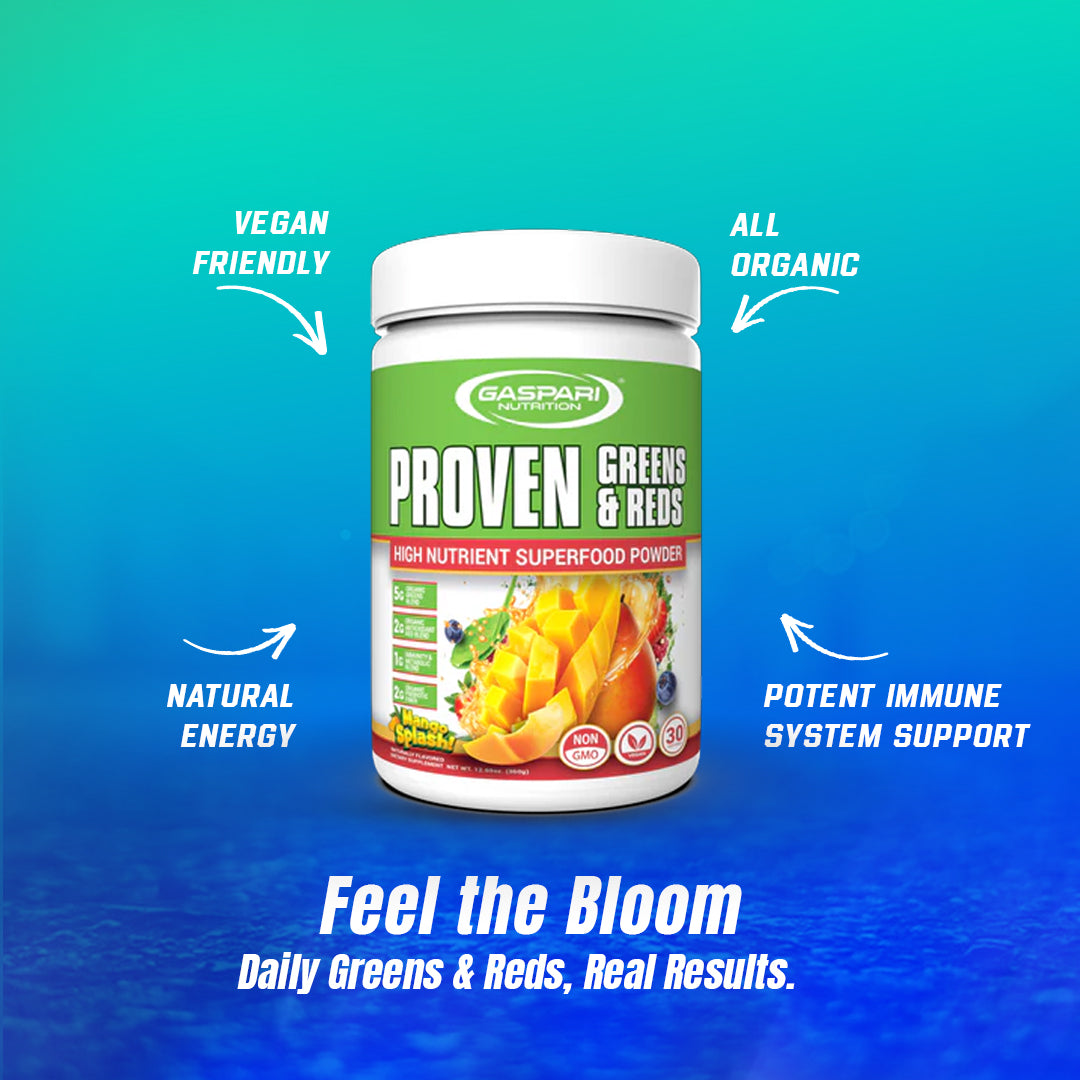

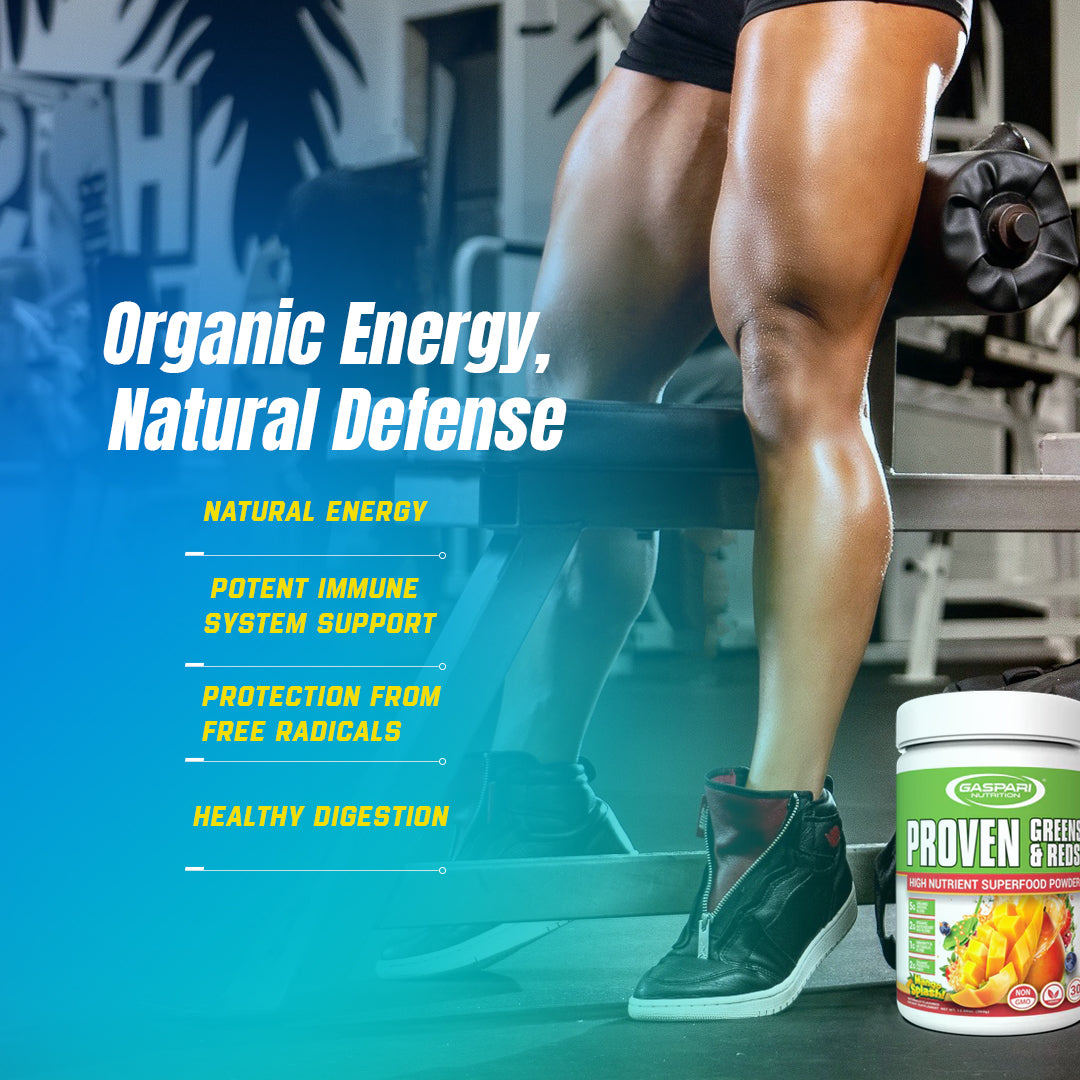

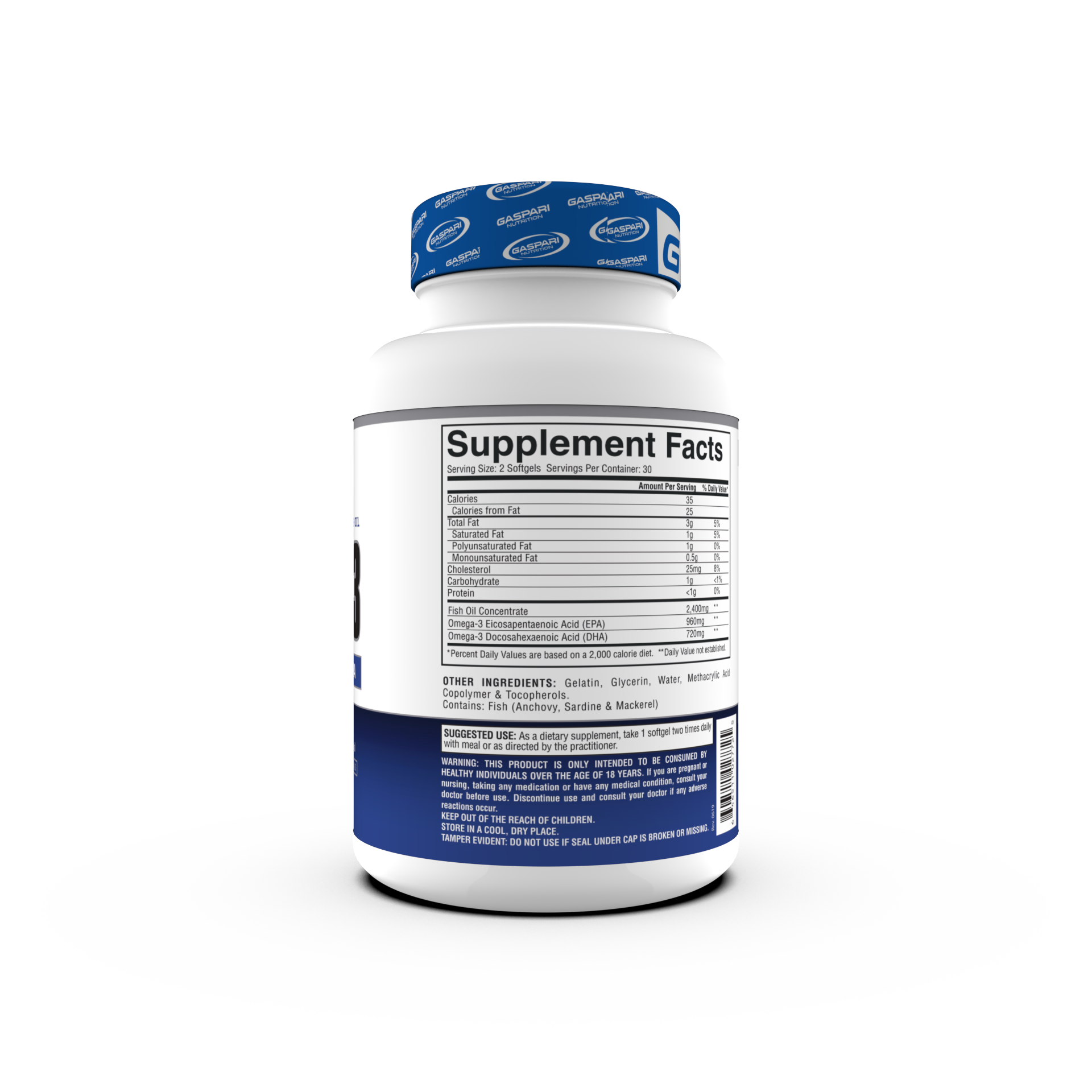
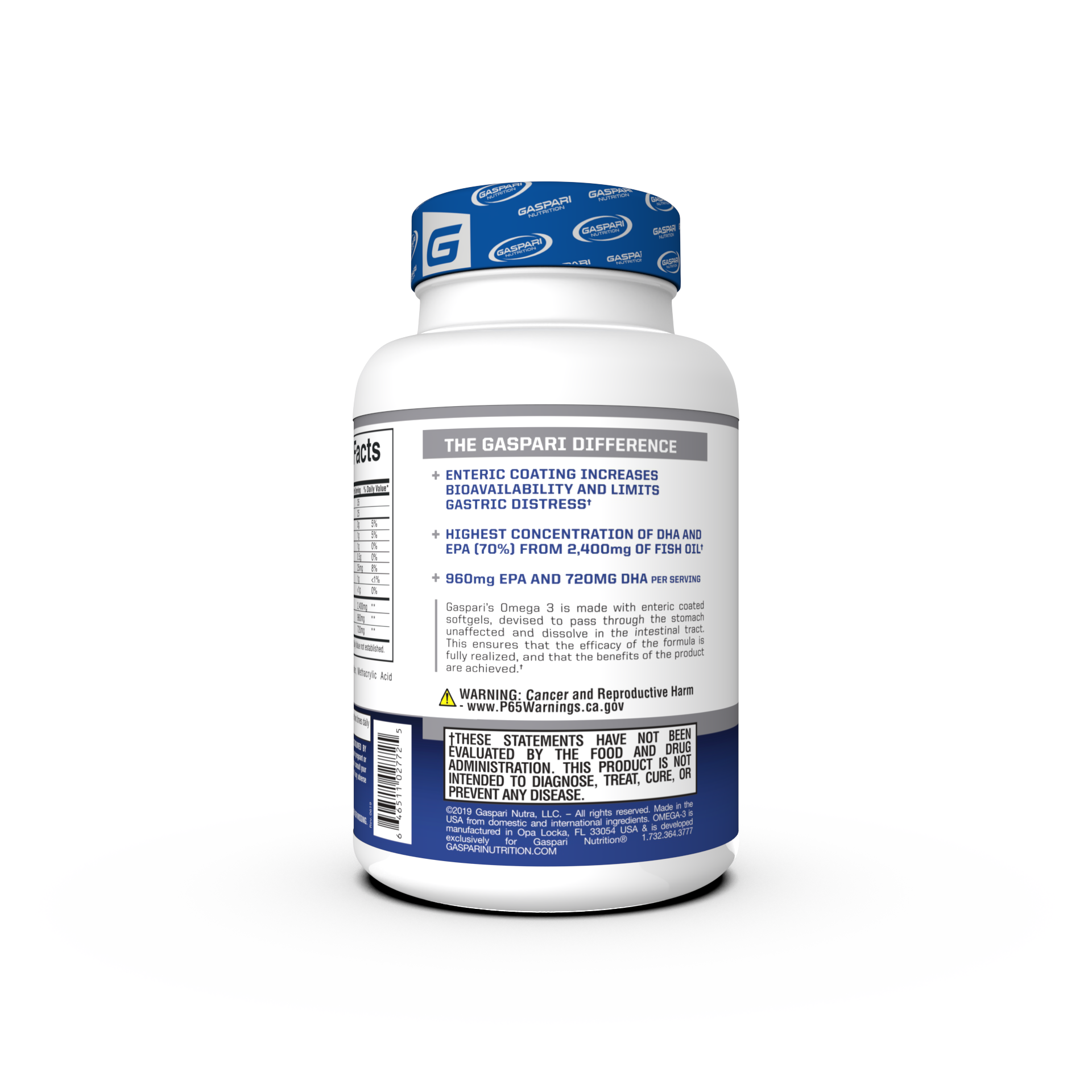

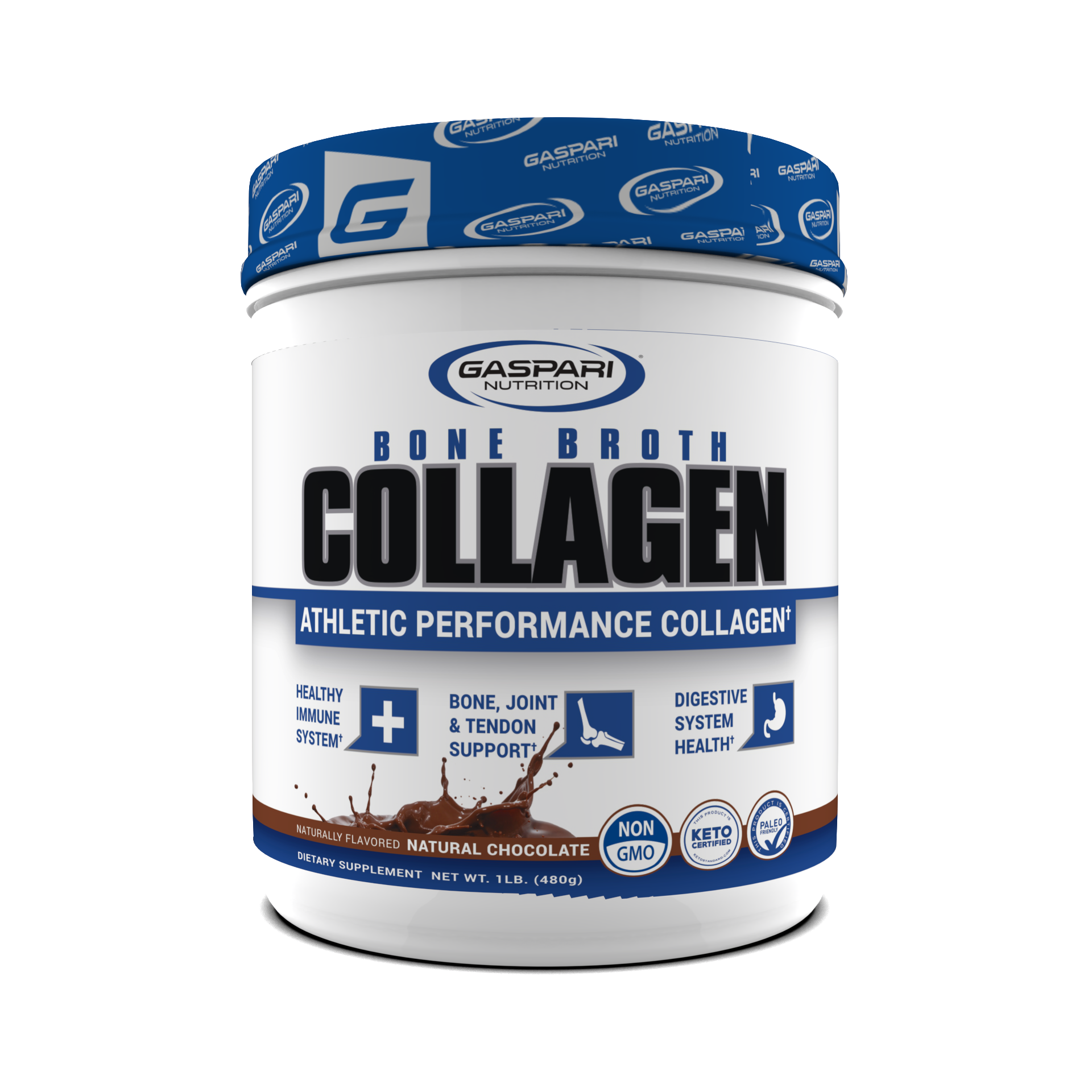







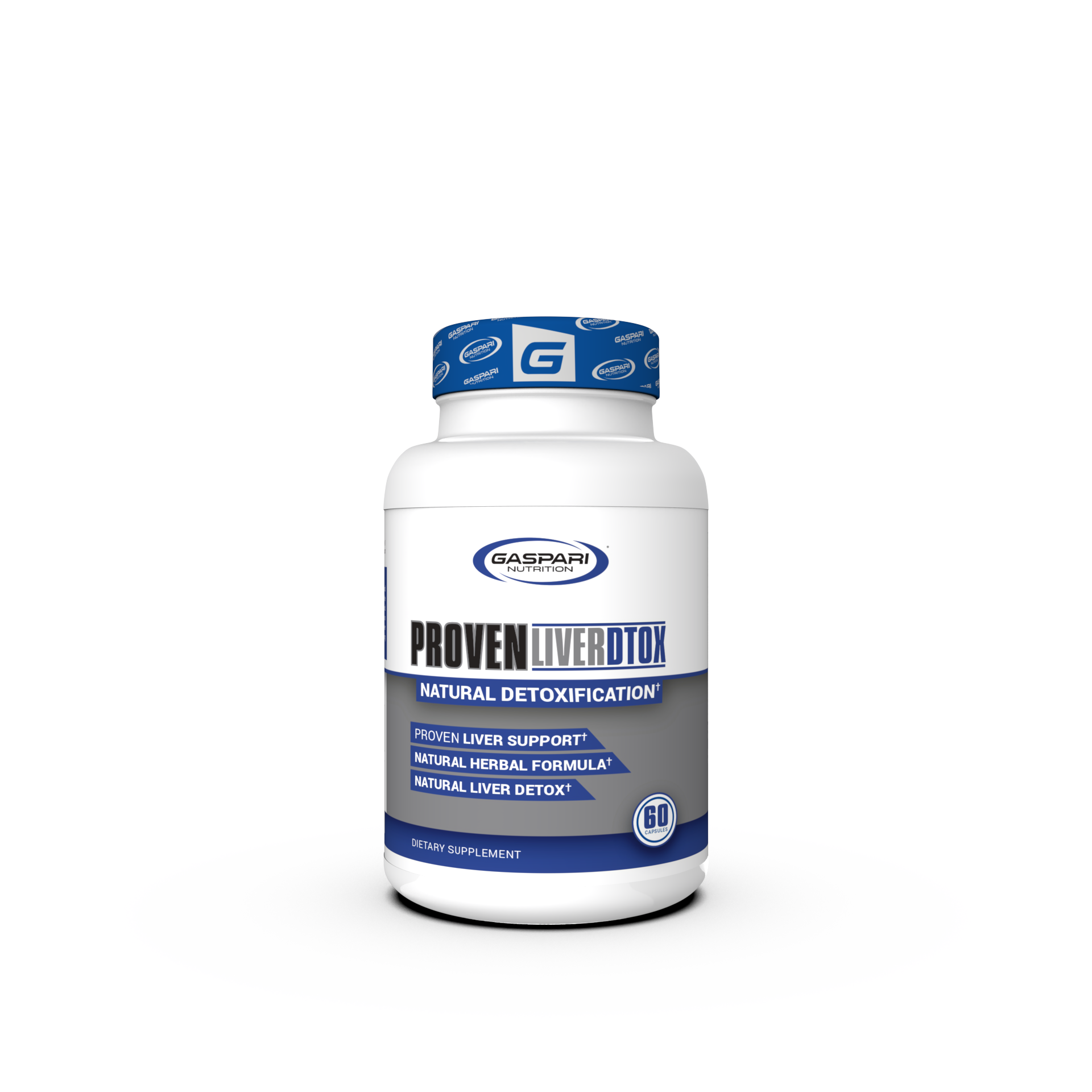

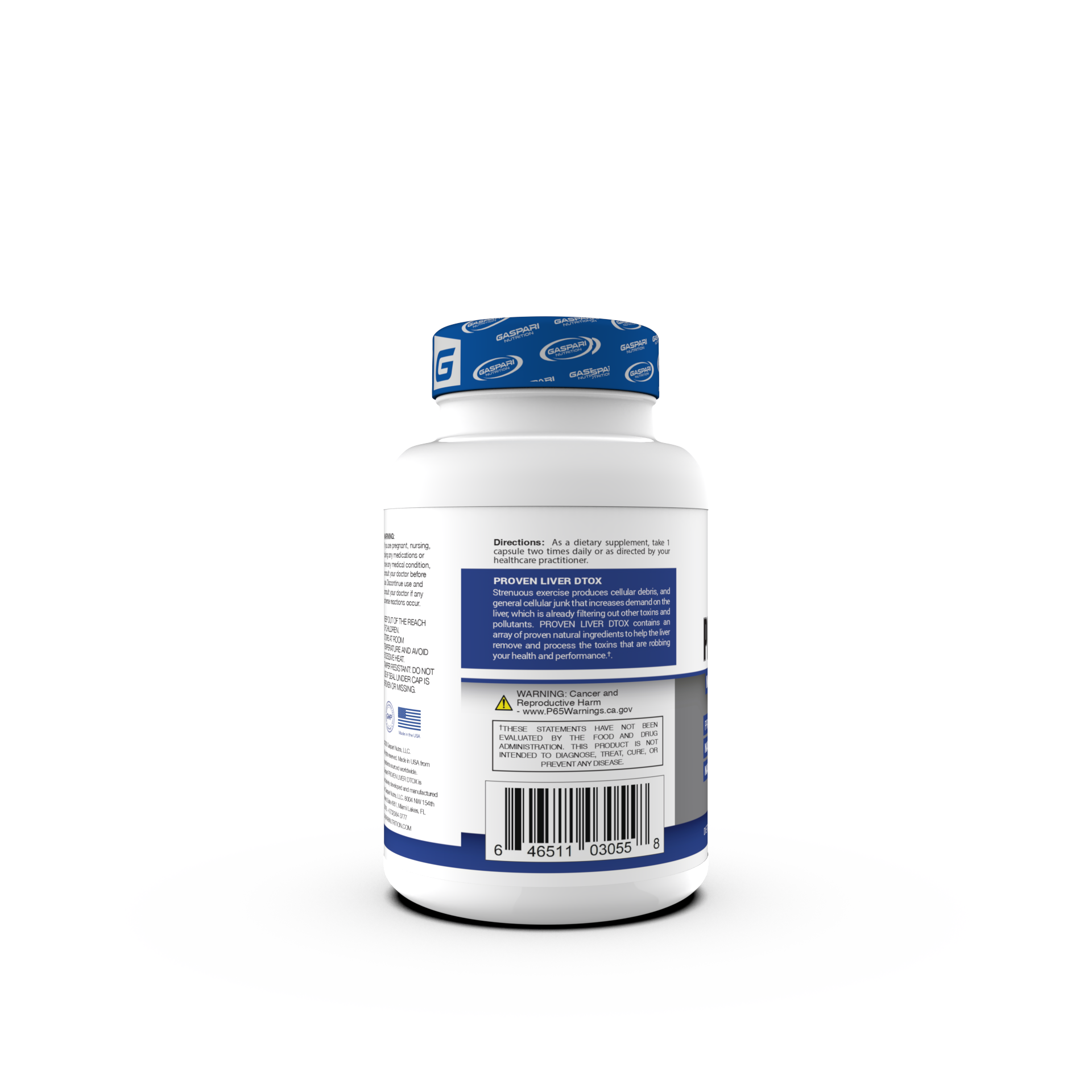

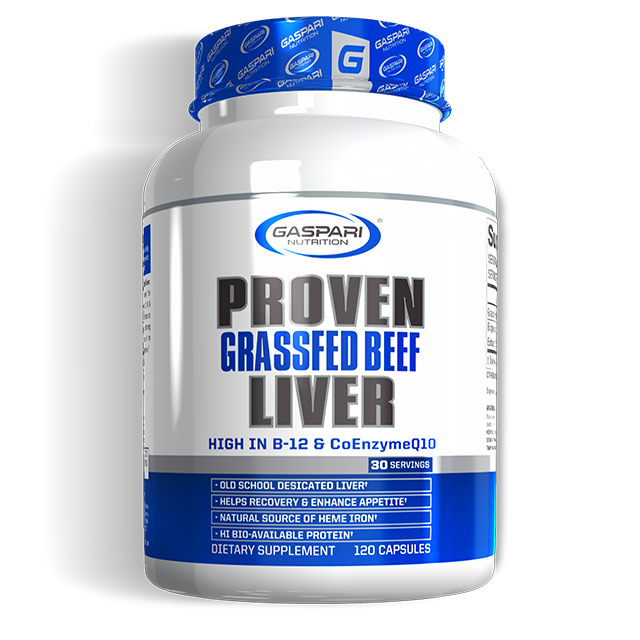





Share:
The Mediterranean Diet – Finding Flexibility While Still Achieving Your Goals
How To Get Rid Of Candida Naturally